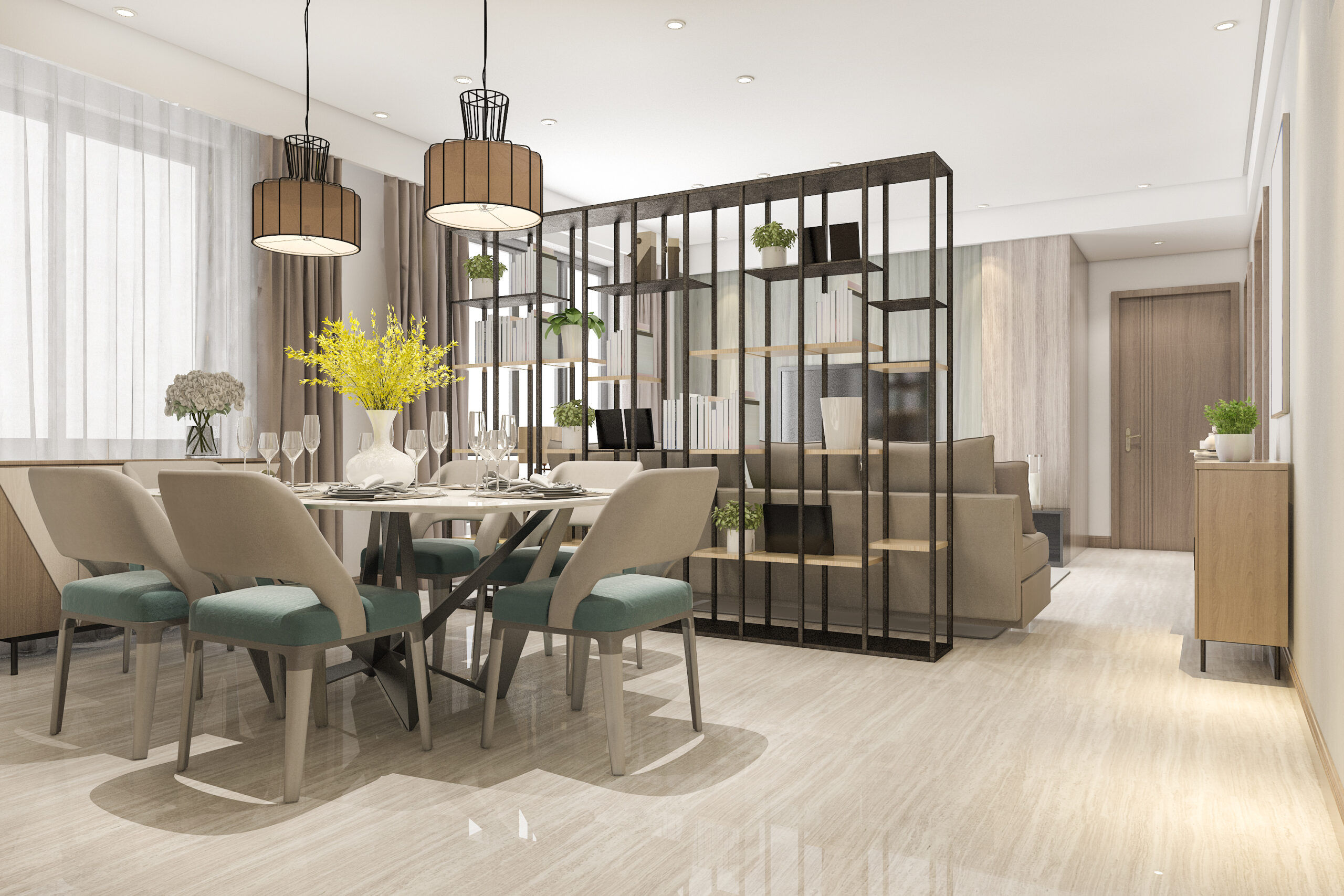Decorating your home is not just about aesthetics; it’s about creating a space that reflects your personal style, meets your functional needs, and promotes well-being. Whether you’re looking to refresh a single room or undertake a whole-house makeover, several principles can guide you toward a harmonious and inviting environment. In this article, we will explore various aspects of home decoration, from understanding design fundamentals to practical tips for each room.
Understanding Interior Design Basics
Before diving into specific decoration tips, it’s crucial to grasp some fundamental principles of interior design. These principles include balance, harmony, proportion, rhythm, and focus.
- Balance refers to the distribution of visual weight in a room. There are three types of balance: symmetrical, asymmetrical, and radial. Symmetrical balance involves mirroring elements on either side of a center point, while asymmetrical balance uses different objects of equal weight to create a relaxed yet visually interesting atmosphere. Radial balance arranges elements around a central point.
- Harmony is about creating a sense of unity in your decor. This can be achieved through a consistent color palette, matching styles, or complementary shapes and textures.
- Proportion refers to the size relationship between elements in a room. Ensuring that furniture and decor are appropriately scaled for the space is essential for achieving a pleasing visual effect.
- Rhythm involves creating a sense of movement within a space through repetition of colors, patterns, or textures, guiding the eye throughout the room.
- Focus points, or focal points, are crucial to drawing attention and anchoring the room. This can be a fireplace, a piece of artwork, or a stunning piece of furniture.
Choosing the Right Color Palette
Color greatly influences the mood of a room and is one of the most impactful aspects of interior design. When selecting a color palette, consider:
- The Mood You Want to Create: Soft pastels evoke a feeling of calm and relaxation, while vibrant jewel tones can create energy and excitement.
- Color Theory: Familiarize yourself with the color wheel. Complementary colors (opposites on the wheel) provide contrast, while analogous colors (next to each other) offer harmony.
- Lighter vs. Darker Colors: Lighter colors can make a space feel larger and more open, while darker colors can add warmth and intimacy.
A popular trend is to use a neutral base color on walls and larger pieces of furniture, creating a blank canvas that can be energized with colorful accessories like cushions, rugs, and wall art.
Furniture Arrangement
The arrangement of furniture is critical in defining the functionality and flow of a room. Here are some tips:
- Define Purpose: Consider how the space will be used. A living room meant for conversation should have furniture arranged to facilitate discussion, while a media room might focus on viewing angles toward a television.
- Traffic Flow: Ensure there is enough space for people to move around comfortably. Aim for at least 18 inches of walking space between furniture.
- Zoning: In larger rooms, define areas using furniture arrangement, rugs, or lighting. This helps create intimate settings within expansive spaces.
Incorporating Textures and Patterns
Introducing various textures and patterns can add depth and interest to your decor. Here’s how to do it effectively:
- Layering: Use textiles like throws, cushions, and curtains to add layers to your setting. Mix different materials, such as velvet, linen, and cotton, for a tactile experience.
- Mixing Patterns: When combining patterns, stick to a unifying color palette to create cohesion. Start with one large pattern, stack smaller ones next to it, and balance them with solid colors.
Using Lighting Wisely
Lighting plays a pivotal role in setting the mood and function of a space. A well-designed lighting scheme incorporates:
- Ambient Lighting: This is the general illumination in a room, achieved through overhead fixtures or wall sconces.
- Task Lighting: Specific lights for activities like reading or cooking, such as table lamps, directed lighting, or under-cabinet lights in the kitchen.
- Accent Lighting: Used to highlight art, architectural features, or specific areas of interest.
Layering these three types will create a versatile lighting setup that can change the atmosphere depending on the time of day or occasion.
Personalizing Your Space
Ultimately, your home should reflect your personality and lifestyle. Here are ways to inject your character into your decor:
- Artwork and Personal Photos: Hang artwork that resonates with you or create a gallery wall of personal photographs that tell your story.
- Found Objects and Travel Treasures: Incorporate items collected from travels or heirlooms that hold sentimental value.
- Functional Decor: Choose items that not only serve a functional purpose but also add aesthetic value, such as decorative boxes, stylish storage solutions, or unique shelving units.
Conclusion
Decorating your home is an exciting journey that allows you to express your individuality while creating an inviting and functional environment. By understanding and applying the fundamental principles of interior design—such as balance, harmony, and proportion—you can craft spaces that are not only visually appealing but also serve your daily needs.
Remember that choosing the right color palette sets the tone for your decor, while smart furniture arrangement enhances flow and usability. Incorporating a variety of textures and patterns introduces depth, and strategic lighting can dramatically alter the mood of your home.
Finally, infusing your personal touch through art, travel mementos, and functional decor will make your space truly yours. Take your time to experiment and refine your choices, as decorating is not just about the final result but also about the joy of creating a home that reflects who you are. Ultimately, a beautifully decorated home enhances your quality of life and makes you feel comfortable and inspired each day.
